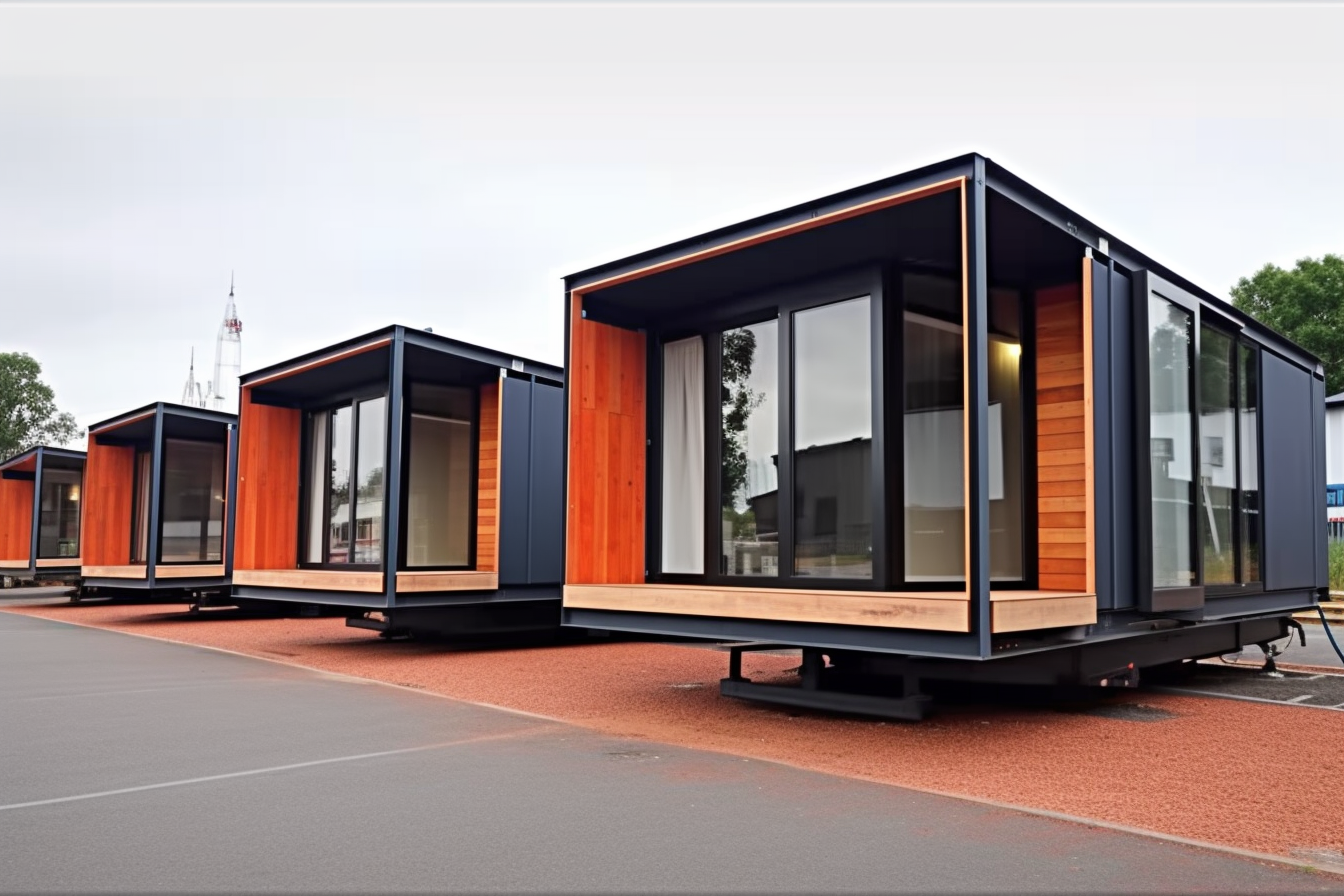Modular Homes: Modern Prefabricated Construction
Modular homes are changing how people think about building a house and creating a home. Rather than constructing every wall and roof on site, builders fabricate large sections in a controlled factory environment and then assemble them where the foundation is ready. This approach can reduce construction time, limit weather delays, and improve quality control while offering many of the same customization options as traditional builds. For people exploring efficient alternatives to conventional construction, modular and other prefabricated options deserve careful consideration alongside local services and regulations.

What is a modular home?
A modular home is a dwelling built in factory-made sections, or modules, that are transported to the site and assembled on a permanent foundation. Each module is constructed to meet the same building codes as site-built homes, and final inspections occur after on-site assembly. Because modules are built indoors, manufacturers can maintain consistent quality, better protect materials from weather, and streamline labor. Modular homes range from single-room additions to full multi-story residences and can be tailored in layout, finishes, and energy-efficiency features to suit a buyer’s preferences.
How does prefabricated building work?
Prefabricated building refers to any method where components are manufactured off-site before being moved to the building site for assembly. This includes modular homes, panelized systems, and manufactured (mobile) homes. In modular construction, entire rooms or sections are assembled and finished in a factory, whereas panelized systems deliver walls or roof panels for on-site completion. The factory process typically follows a production schedule with quality checks at each stage—framing, insulation, wiring, plumbing fixtures, and finishes—so on-site work focuses on joining modules, sealing connections, and completing utilities.
What makes a prefabricated house different?
A prefabricated house differs from traditional on-site construction primarily in where and how components are made. In a prefabricated house, repetitive processes occur in a factory, allowing for reduced waste, improved material protection, and efficiency gains in labor and scheduling. Transport and crane assembly are necessary steps not present in typical builds. While aesthetics and layout options can be very similar to conventional houses, buyers should account for transport dimensions, on-site crane access, and local zoning or foundation requirements. Many prefabricated houses are designed to match neighborhood standards and can blend seamlessly with traditionally built homes.
Can a modular home feel like a traditional home?
Yes—well-designed modular homes can feel indistinguishable from site-built homes. Manufacturers often offer a wide range of exterior claddings, roof lines, interior finishes, and custom layouts. With attention to acoustics, insulation, and finishing details, a modular home can provide the same comfort, durability, and curb appeal as a conventional house. Important factors affecting the “feel” include the quality of interior finishes, window placement, and how seams between modules are treated. Working with experienced builders and local services for foundation, utility connections, and final inspections helps ensure the finished result integrates smoothly into its surroundings.
What are construction standards for modular builds?
Modular construction must comply with applicable building codes, which vary by region but generally require the same structural, fire-safety, energy-efficiency, and plumbing standards as site-built homes. Modules are engineered to withstand transport stresses and to fit together precisely on site. Factory quality-control processes—documented inspections, material certifications, and controlled production environments—can lead to consistent adherence to code. Buyers should verify that the manufacturer provides proper warranties, third-party inspections where applicable, and documentation for local authorities. Coordination between the manufacturer, local services, and the site contractor is essential to meet foundation tolerances, utility hookups, and final permitting.
In short, modular and prefabricated approaches offer an efficient, often faster route to owning a house that functions and feels like a traditional home. They combine the advantages of factory precision with on-site assembly flexibility. Prospective homeowners should review manufacturer reputations, local building codes, site logistics, and customization options to find a solution that aligns with their design goals and practical needs. Whether you prioritize speed, reduced waste, or consistent quality, modular construction is a viable path worth exploring for modern homebuilding.






